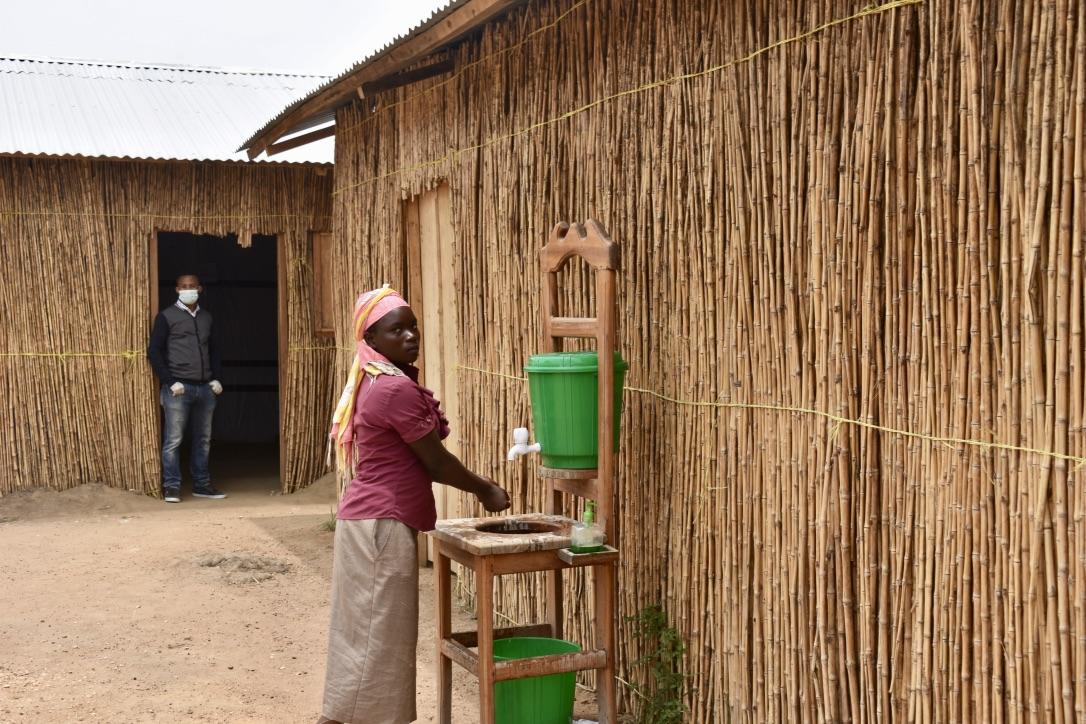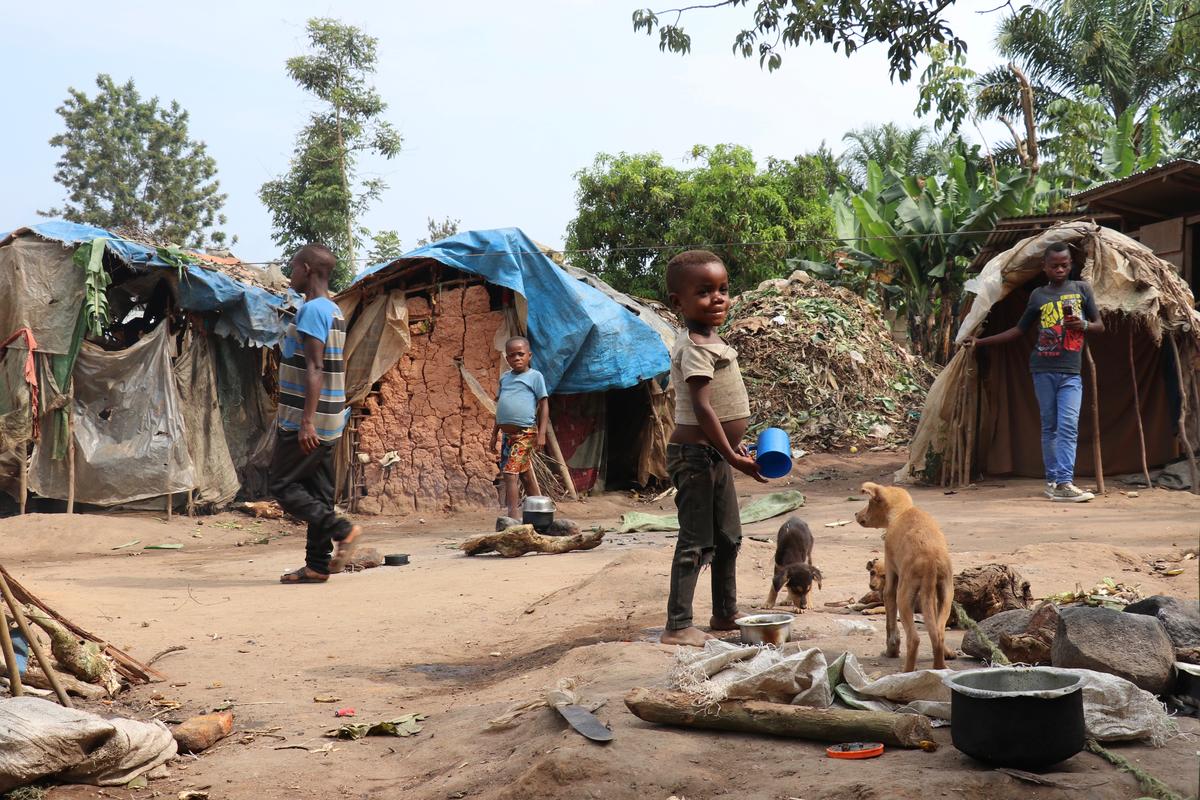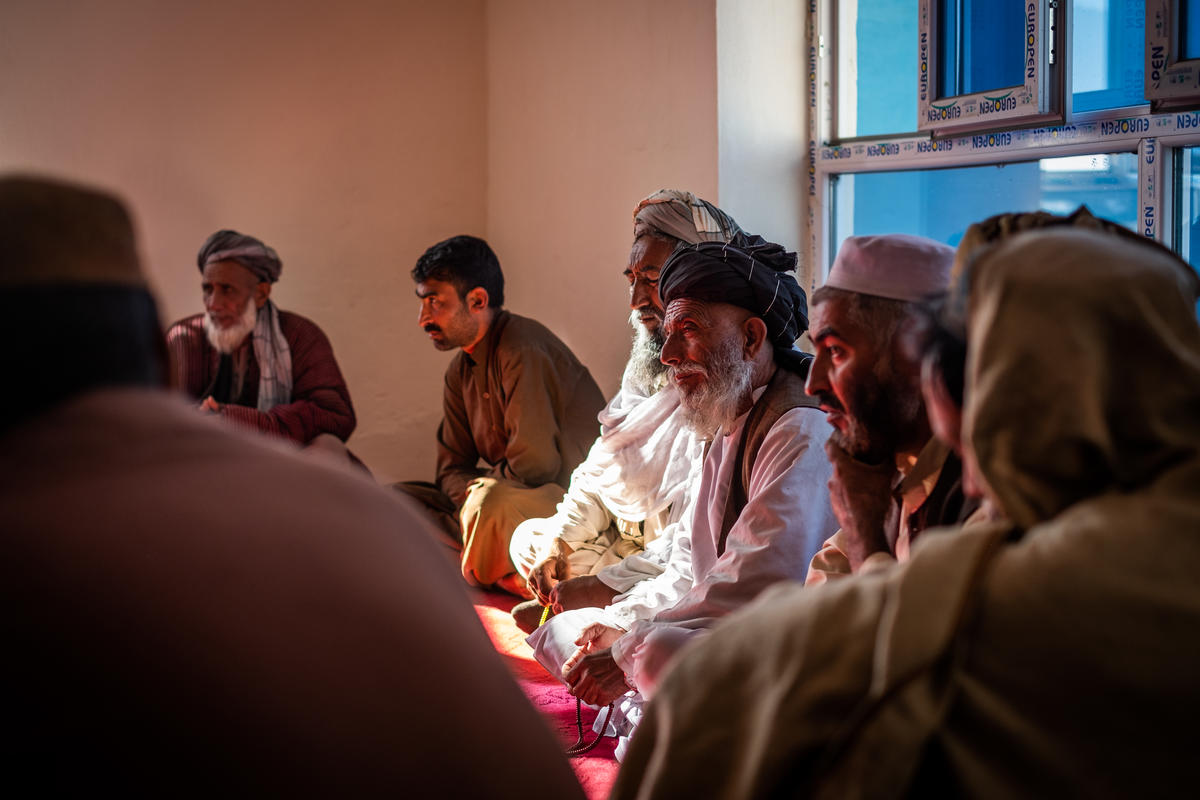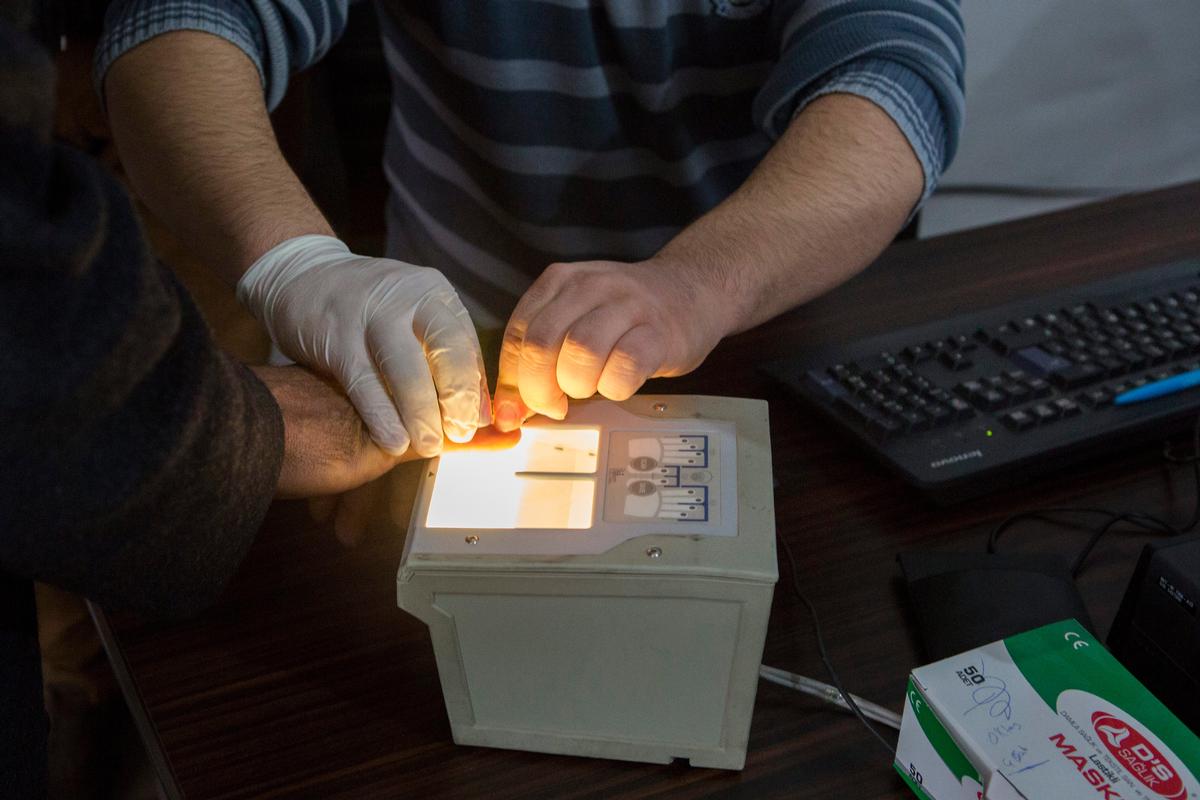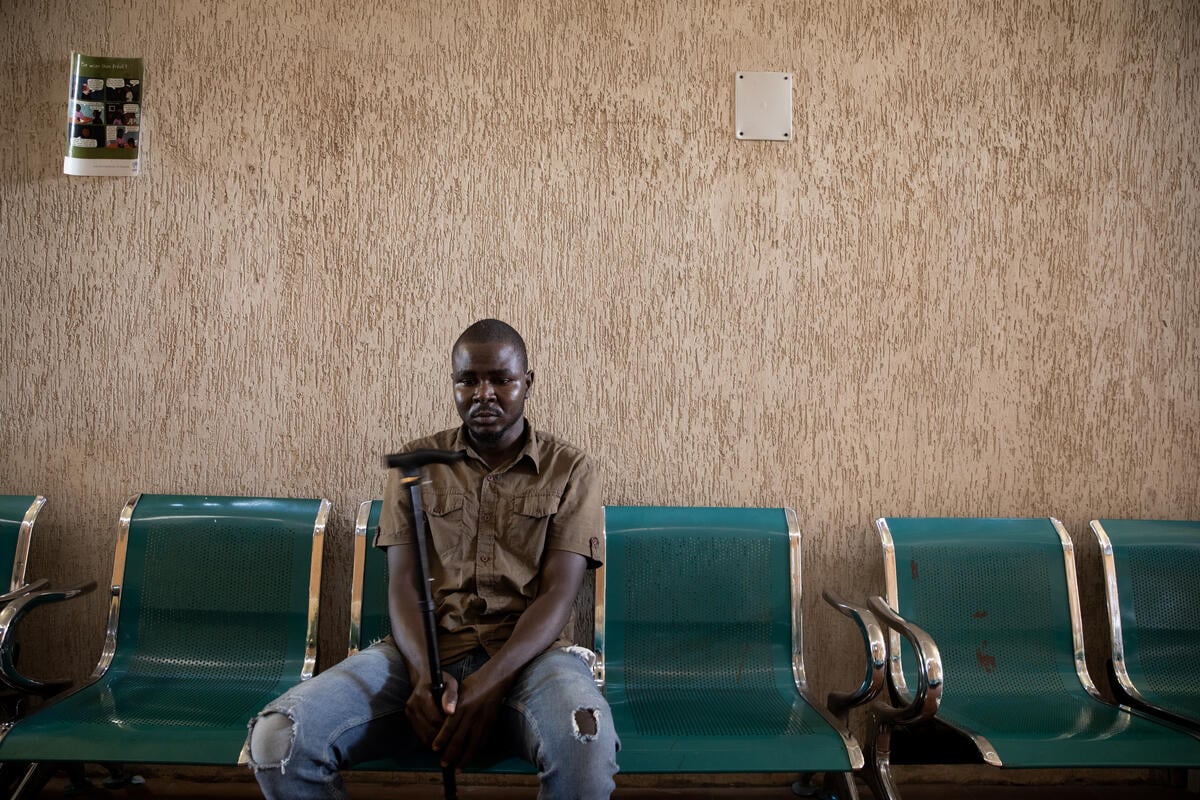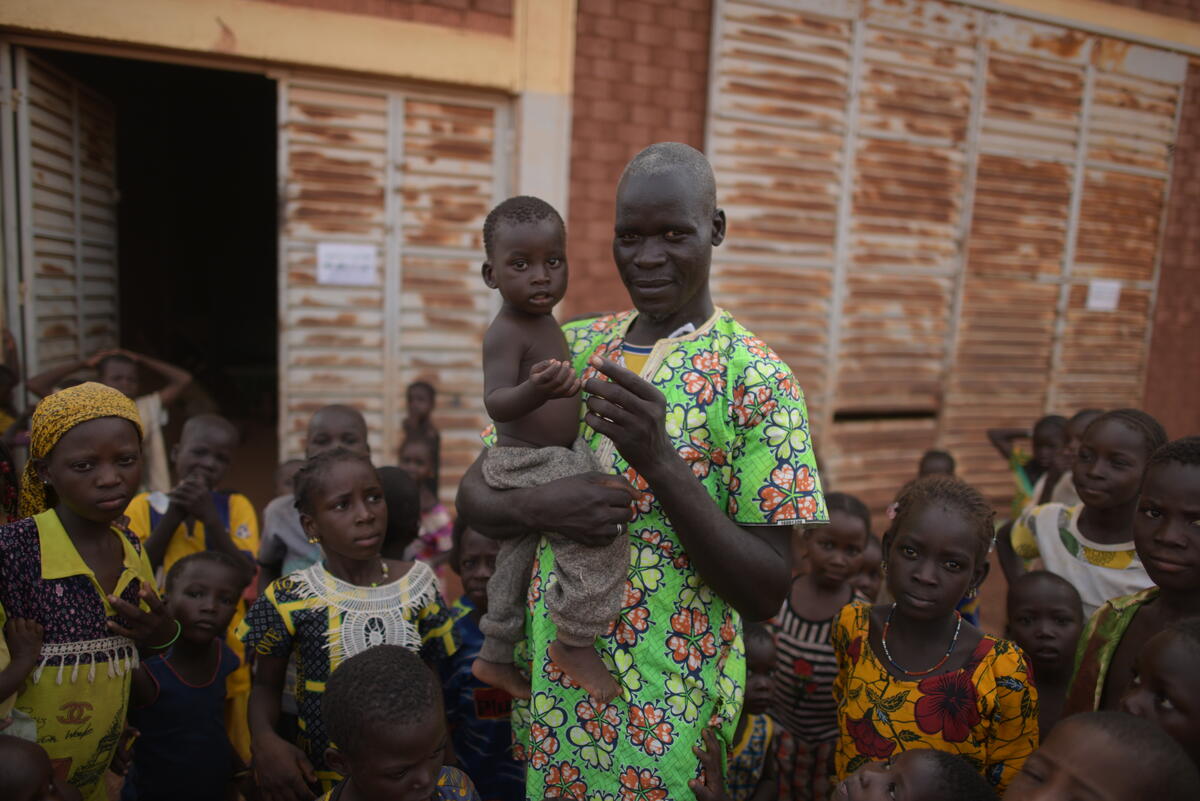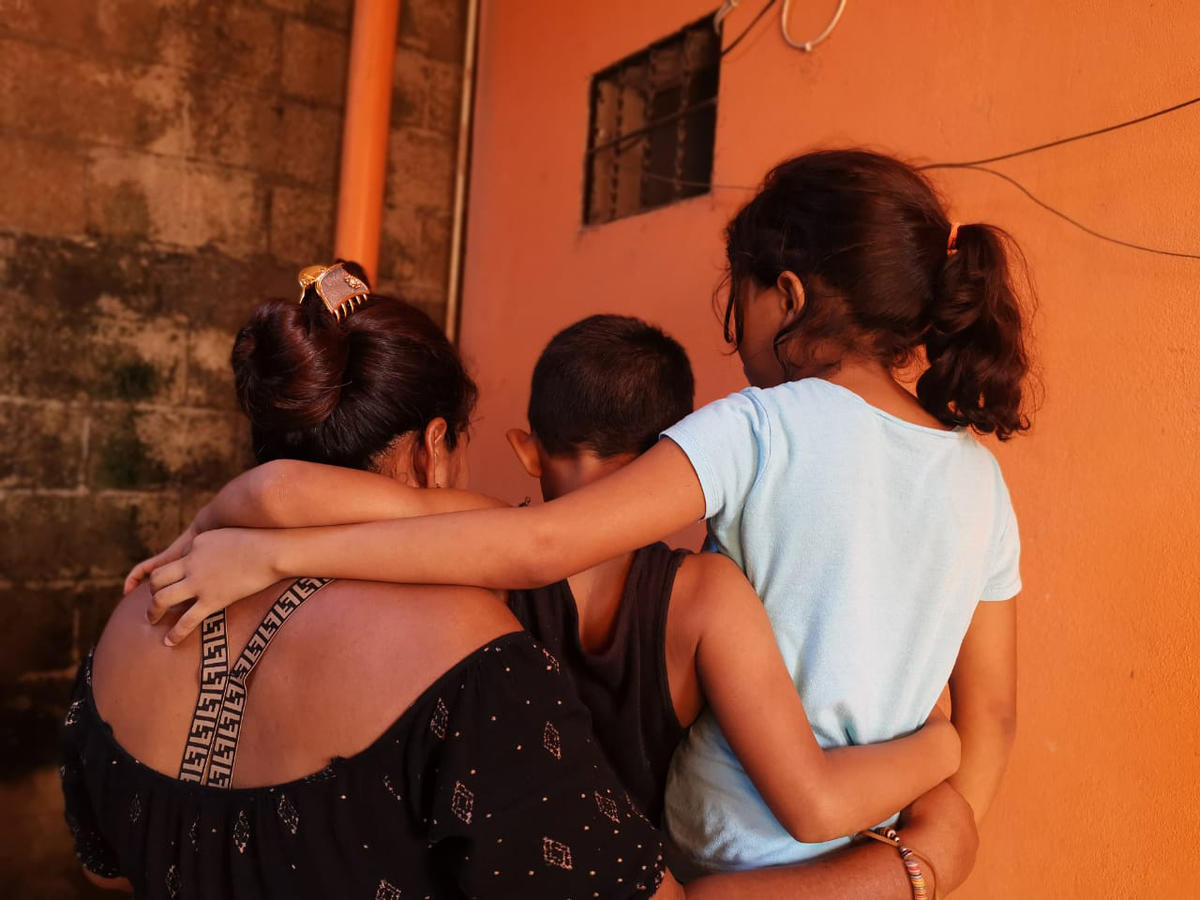Disturbances at Kenya's Dadaab complex as Somali influx grows
Disturbances at Kenya's Dadaab complex as Somali influx grows
Yesterday saw serious disturbances in the Dagahley section of the Dadaab refugee complex in Kenya. Rioting broke out when police sought to disperse a crowd that was protesting an attempt to demolish illegal structures around a food distribution point. Teargas was used, and later live gunshot. Our information is that two refugees were killed and around a dozen injured.
The security situation was still being evaluated late yesterday. Sadly, this incident is symptomatic of the pressures at the camp amid overcrowding compounded by the very high number of arrivals we have been seeing recently from Somalia. More than 61,000 Somalis have sought safety in Kenya since the start of the year. As of June 6th we had opened three emergency centres in Dadaab. Since then a further 27,000 people have approached the reception centres at these sites. Last week, the population of Dadaab passed 370,000.
The same outflow is being seen in Ethiopia, which has seen 55,000 Somali refugees arriving since the start of this year. Twenty-six per cent of new arrivals are malnourished, while among children this rate is higher at about three-in-five. UNHCR has introduced a blanket feeding programme for children below the age of five. Urgent funding is needed to deal with this situation.
The two existing camps in Ethiopia's south-east, Bokolmanyo and Malkadida, which were opened in April 2009 and February 2010 respectively, accommodate over 70,000 refugees and have reached full capacity.
New camp opens in Ethiopia
To provide protection and shelter for new Somali arrivals to Ethiopia, a new camp was opened last Friday in cooperation with the Ethiopian authorities at Kobe, some 50 kilometers from Dollo Ado. This is the third camp for Somalis in southeast Ethiopia and the sixth in the country. At present Ethiopia hosts 130,000 Somali refugees.
As of yesterday we had transported 7,500 Somali refugees from the transit centre at Dollo Ado to the camp at Kobe, which can accommodate up to 20,000 people. However, with the mass influx continuing there is significant congestion at the reception and transit centres and Kobe is expected to reach full capacity in a matter of days. Ethiopian authorities have already allocated land for a fourth camp near Kobe.
Together with our partners we are rapidly expanding basic infrastructure, including water and sanitation services, a health centre and basic communal facilities. Schools and other facilities and services are also planned.
Humanitarian agencies inside Somalia say they remain concerned about mines and other continuing security threats, making access extremely dangerous and difficult. We are also receiving reports that people displaced by drought, lack of food and insecurity in the Bay, Bakool and Lower Shabelle regions are arriving in Mogadishu in search of food and other humanitarian assistance.
UNHCR has been able to distribute some aid - shelter materials, blankets, mattresses, basic household goods and hygiene items - to people displaced by fighting in Belet Hawo, Gedo Region. UNHCR is prepared to provide further assistance in southern Somalia as long as minimum security, due diligence, accountability and transparency requirements are met. At the same time, UNHCR calls for respect for the right of Somalis fleeing their country to seek asylum.
There are now more than 750,000 Somali refugees living in the region, mostly in neighbouring Kenya (405,000), Yemen (187,000) and Ethiopia (110,000). Another 1.46 million are displaced within Somalia.
For further information on this topic, please contact:
-
In Nairobi, Kenya: Emmanuel Nyabera, on mobile +254 733 99 59 75
-
In Ethiopia: Kisut Gebre Egziabher, on mobile +25 19 11 20 89 01
-
In Geneva: Andrej Mahecic, on mobile +41 79 200 76 17
NOTE: Related video available: Contact Edith Champagne: +41 79 557 9127


